
Karibib: The Jewel of Central Namibia
Discover Karibib, Namibia's historic gem, where colonial charm meets natural wonders. Explore marble quarries, scenic landscapes, and rich cultural heritage.
Welcome to Karibib, a charming town nestled in the heart of Namibia. Known for its rich history and scenic landscapes, Karibib offers a perfect blend of cultural heritage and natural beauty. This quaint town is famous for its marble quarries, which have been in operation since the early 20th century. The marble from Karibib is renowned worldwide for its quality and has been used in many prestigious buildings across the globe. As you stroll through the streets of Karibib, you'll be captivated by the well-preserved colonial architecture that tells tales of a bygone era. The town's history is closely tied to the railway, which played a crucial role in its development. A visit to the Karibib Railway Station is a must, where you can learn about the town's evolution and its significance in Namibia's transportation network. Nature enthusiasts will find plenty to explore in and around Karibib. The nearby Erongo Mountains offer breathtaking hiking trails and opportunities for wildlife viewing. Keep an eye out for the diverse bird species that inhabit the area, as well as the unique rock formations that define the landscape. For those interested in geology, the Spitzkoppe, also known as the 'Matterhorn of Namibia,' is a short drive away and provides an awe-inspiring glimpse into the Earth's geological past.
Local tips in Karibib
- Visit the Karibib Marble Works to see the marble extraction process and purchase unique marble souvenirs.
- Take a guided tour of the Karibib Railway Station to learn about the town’s historical significance.
- Hike the trails in the Erongo Mountains for stunning views and wildlife sightings.
- Plan a day trip to the Spitzkoppe for incredible rock formations and geological insights.
- Stay hydrated and wear sun protection, as the Namibian sun can be intense.
Karibib: The Jewel of Central Namibia
Welcome to Karibib, a charming town nestled in the heart of Namibia. Known for its rich history and scenic landscapes, Karibib offers a perfect blend of cultural heritage and natural beauty. This quaint town is famous for its marble quarries, which have been in operation since the early 20th century. The marble from Karibib is renowned worldwide for its quality and has been used in many prestigious buildings across the globe. As you stroll through the streets of Karibib, you'll be captivated by the well-preserved colonial architecture that tells tales of a bygone era. The town's history is closely tied to the railway, which played a crucial role in its development. A visit to the Karibib Railway Station is a must, where you can learn about the town's evolution and its significance in Namibia's transportation network. Nature enthusiasts will find plenty to explore in and around Karibib. The nearby Erongo Mountains offer breathtaking hiking trails and opportunities for wildlife viewing. Keep an eye out for the diverse bird species that inhabit the area, as well as the unique rock formations that define the landscape. For those interested in geology, the Spitzkoppe, also known as the 'Matterhorn of Namibia,' is a short drive away and provides an awe-inspiring glimpse into the Earth's geological past.
When is the best time to go to Karibib?
Iconic landmarks you can’t miss
Ai Aiba - The Rock Painting Lodge
Immerse yourself in the beauty and cultural heritage of Namibia at Ai Aiba - The Rock Painting Lodge, your perfect escape in nature.
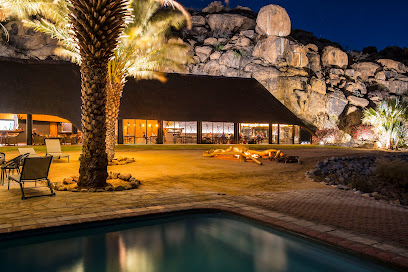
Erongo Rocks - Farmhouse & Camping
Discover Erongo Rocks, a picturesque camping farm in Namibia, ideal for bird watching, hiking, and memorable outdoor adventures in nature's embrace.
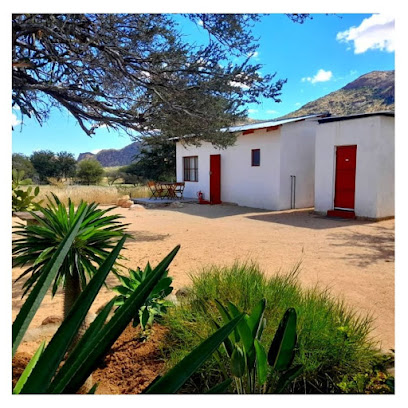
Etusis Lodge
Discover the beauty of Namibia at Etusis Lodge, your serene retreat in the stunning Etusis Nature Reserve.

Klippenberg Country Club and Guest House
Discover tranquility and adventure at Klippenberg Country Club and Guest House in Karibib, Namibia, where nature meets comfort.
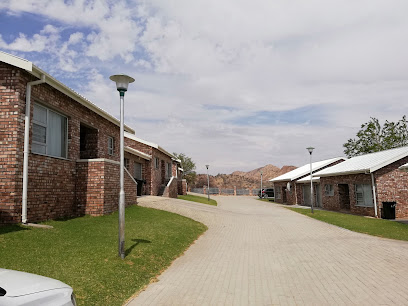
Tikoloshe Afrika
Explore Tikoloshe Afrika in Omaruru for a colorful journey through Namibian artistry, featuring unique handicrafts and inspiring local talent.
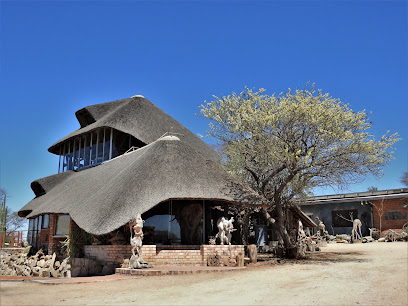
Tommy's Lodge
Discover comfort and charm at Tommy's Lodge, your perfect base for exploring the natural beauty of Namibia's Karibib region.

Franke Tower
Discover the captivating history and culture of Namibia at Franke Tower, a must-visit museum in Omaruru.
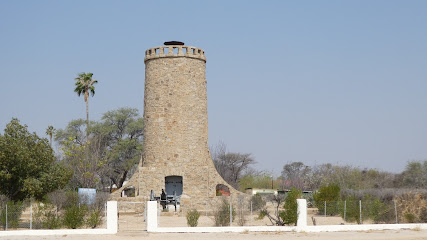
Bull's Party
Explore the captivating history and stunning landscapes of Bull's Party, a must-visit historical landmark in the heart of Namibia's Erongo region.
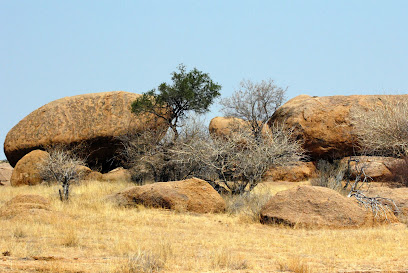
Halfway Overnight Guesthouse
Experience the comfort of self-catering accommodation at Halfway Overnight Guesthouse in Karibib, Namibia, your gateway to adventure and relaxation.
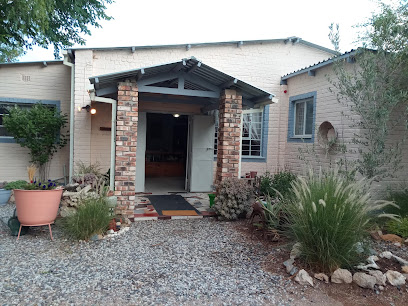
Irmi's Lodge
Discover comfort and hospitality at Irmi's Lodge in Karibib, Namibia, the gateway to stunning landscapes and rich local culture.

Namibia marble and granite company
Experience the elegance and craftsmanship of Namibia’s marble and granite at Karibib’s premier corporate office, showcasing nature’s artistry.

Auld Casa Guesthouse
Experience comfort and warmth at Auld Casa Guesthouse in Karibib, your perfect base for exploring the wonders of Namibia.
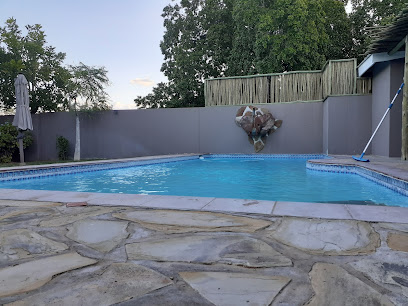
Navachab Gold Mine
Explore the fascinating world of gold mining at Navachab Gold Mine, a remarkable site rich in history and natural beauty in Namibia.
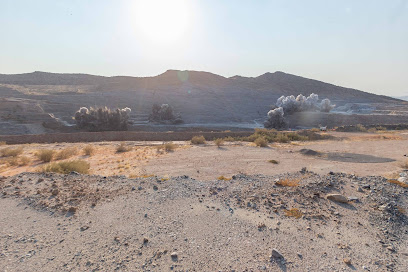
Karibib Health Centre
Discover the significance of the Karibib Health Centre, a vital community resource that reflects local culture and healthcare dedication in Namibia.

Henckert Tourist Centre Karibib
Experience the heart of Karibib at the Henckert Tourist Centre, your essential resource for exploring Namibia's captivating beauty and culture.
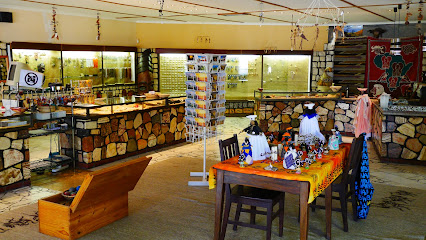
Unmissable attractions to see
Deadvlei
Discover Deadvlei, the stunning white clay pan surrounded by Namibia's iconic red dunes, offering unparalleled beauty and unique photo opportunities.

Erongo Rocks - Farmhouse & Camping
Experience the tranquility of Erongo Rocks, a premier camping destination in Namibia, perfect for hiking, bird watching, and reconnecting with nature.
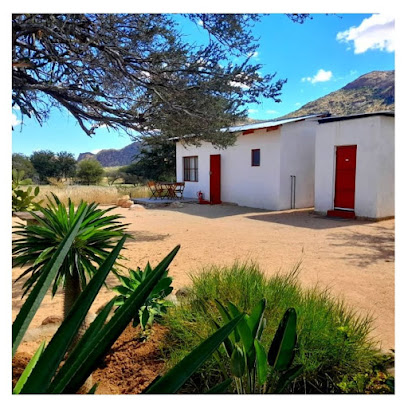
Erongo Mountain Winery
Discover the exquisite wines of Erongo Mountain Winery in Namibia, where breathtaking landscapes meet rich winemaking traditions.
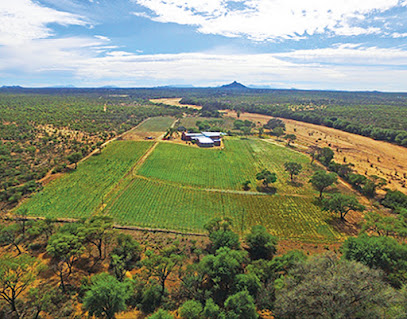
Franke Tower
Explore the rich history and culture of Namibia at Franke Tower, a captivating museum located in Omaruru, perfect for all tourists.
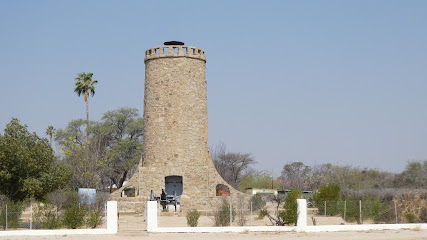
Old Rhenish Mission House
Experience the rich history and cultural significance of the Old Rhenish Mission House in the heart of Omaruru, Namibia.
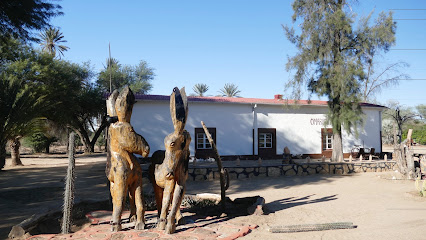
Okahandja- Karibib (Rest Area 5)
Experience the tranquility of Okahandja-Karibib Rest Area, a perfect stopover on your Namibian road trip, surrounded by stunning landscapes.
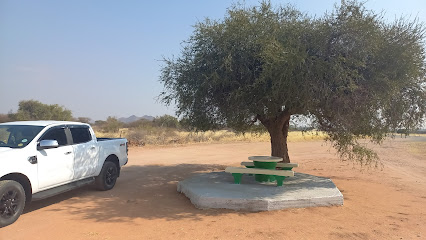
Okahandja- Karibib (Rest Area 3)
Experience the tranquility at Okahandja-Karibib Rest Area, your ideal stop along Namibia's B2 highway, surrounded by breathtaking landscapes.

Denny Aluta /Goagoseb-Basson Residence
Discover the architectural beauty and cultural significance of the Denny Aluta / Goagoseb-Basson Residence in D1930, a true hidden gem for tourists.

Okahandja-Karibib (Rest Area 2)
Okahandja-Karibib Rest Area: Your peaceful oasis on the road, surrounded by Namibia's stunning landscapes and perfect for rejuvenating your journey.

Okahandja- Karibib (Rest Area 6)
Explore the scenic beauty of Namibia at Okahandja-Karibib Rest Area, a perfect stop for relaxation and breathtaking views for every traveler.
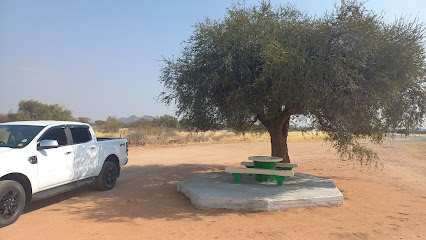
Essential places to dine
OASIS FOOD STALL cc
Experience authentic Namibian cuisine at Oasis Food Stall in Usakos – a delightful stop for all food lovers!
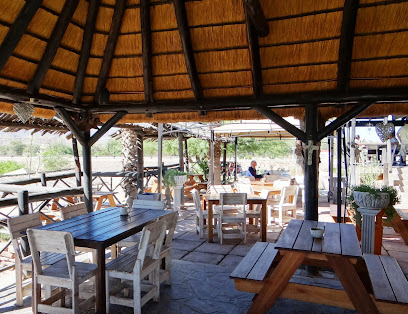
Die Dam Trans Kalahari End Resort
Savor authentic Namibian cuisine at Die Dam Trans Kalahari End Resort in Gobabis - where culinary artistry meets breathtaking landscapes.

Etusis Lodge
Experience tranquil luxury at Etusis Lodge amidst Namibia's breathtaking landscapes and vibrant wildlife.

Klippenberg Country Club and Guest House
Experience tranquility at Klippenberg Country Club and Guest House - your gateway to adventure amidst Karibib's stunning landscapes.
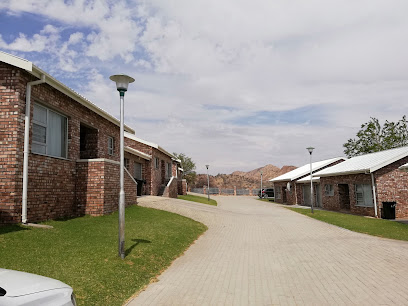
Angis Guest House
Discover comfort at Angis Guest House in Karibib – your gateway to exploring Namibia's stunning landscapes and rich culture.
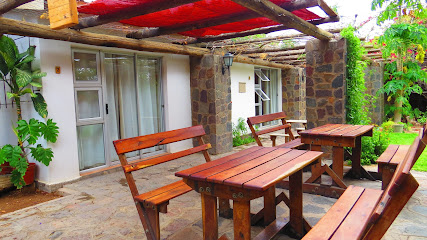
Tommy's Lodge
Discover comfort and warmth at Tommy's Lodge in Karibib - your perfect getaway amidst Namibia's natural beauty.

Usakos Bistro
Experience authentic Namibian flavors at Usakos Bistro, where delicious cuisine meets warm hospitality in Usakos.
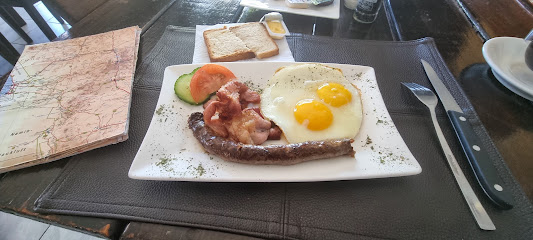
Erindi Lodge Game Viewing Deck
Discover exquisite dining amidst breathtaking wildlife at Erindi Lodge Game Viewing Deck – where nature meets gourmet cuisine.
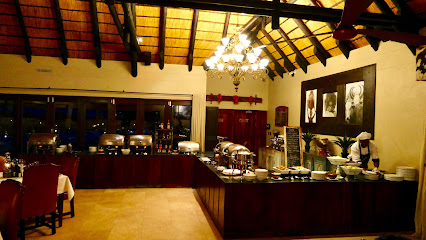
La Cava Pub and Grill Beer garden
Discover La Cava Pub and Grill in Karibib - where Namibian flavors meet vibrant social vibes in an inviting beer garden atmosphere.

Engen Fast Food
Discover Engen Fast Food in Karibib – where delicious bistro-style meals meet local hospitality.
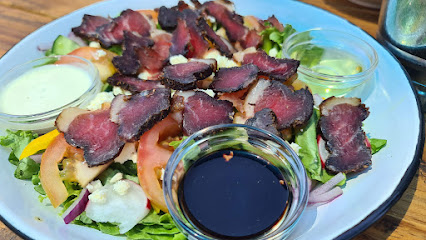
Usakos Big Brothers Restaurant
Discover authentic Namibian cuisine at Usakos Big Brothers Restaurant – where every meal tells a story.
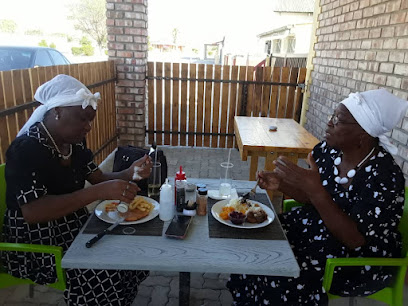
Die skuur
Discover family-friendly dining at Die Skuur in Karibib—where delicious meals meet warm hospitality.
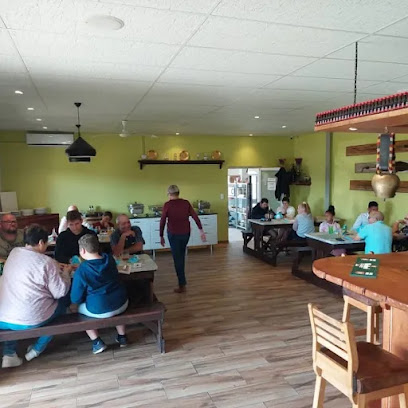
Butzmo's Bistro
Experience authentic Namibian flavors at Butzmo's Bistro in Karibib – where local cuisine meets warm hospitality.

Bush Bar and Restaurant
Experience authentic Namibian cuisine at Bush Bar and Restaurant - where local flavors meet vibrant ambiance.

Solution Restaurant
Experience the best fast food delights at Solution Restaurant in Karibib – where flavor meets convenience!
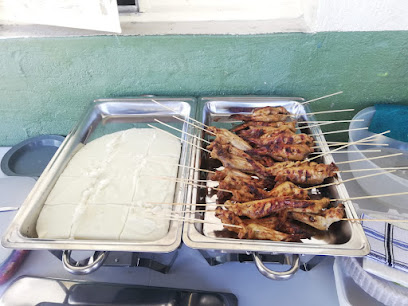
Markets, malls and hidden boutiques
Karibib Engen
Discover the convenience of Karibib Engen, your reliable stop for fuel and refreshments in the heart of Namibia's captivating landscapes.
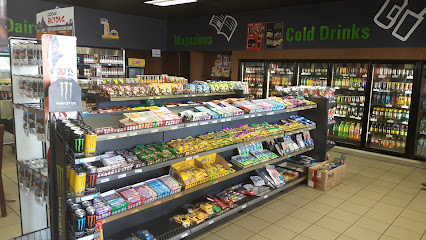
Angis Guest House
Experience warm hospitality and cozy comfort at Angis Guest House, your perfect retreat in Karibib, Namibia.
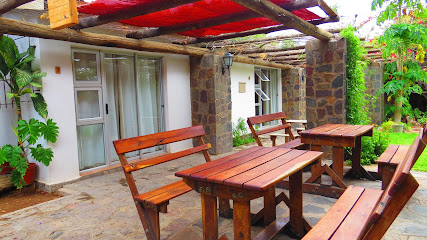
Tommy's Lodge
Experience the warmth of Namibian hospitality at Tommy's Lodge, your cozy retreat in Karibib, perfect for relaxation and exploration.

Megasave Supermarket
Explore Megasave Supermarket in Karibib for local Namibian products, fresh produce, and all your shopping needs in one convenient location.

Uiba Oas Crystals Market
Explore the Uiba Oas Crystals Market in Namibia for a unique shopping adventure filled with stunning gemstones and local artistry.

Agra Karibib
Experience the heart of Namibia's agriculture at Agra Karibib, where quality meets community in a vibrant shopping atmosphere.
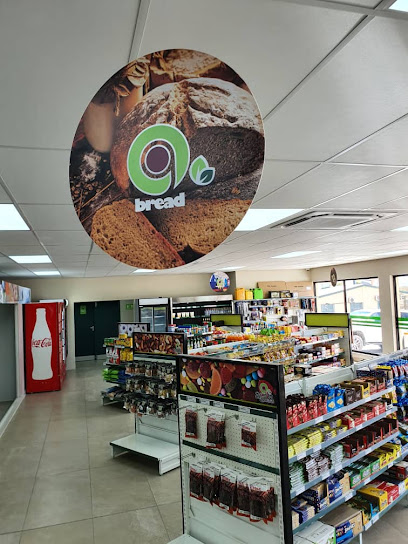
PEP Usakos
Shop at PEP Usakos for a delightful range of affordable clothing for the entire family in a welcoming and vibrant atmosphere.
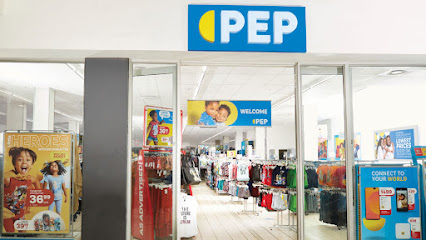
PEP Karibib
Discover stylish and affordable fashion for the whole family at PEP Karibib, a top clothing store in Namibia's charming Karibib.
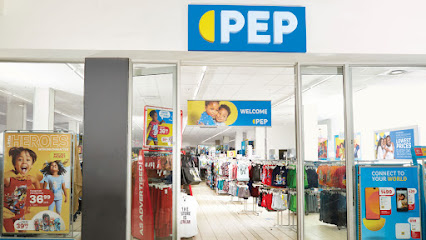
Namibia marble and granite company
Discover the stunning world of marble and granite in Namibia, a perfect blend of natural beauty and craftsmanship in Karibib.

Auld Casa Guesthouse
Experience the warmth of Namibian hospitality at Auld Casa Guesthouse in Karibib, the perfect retreat for travelers seeking comfort and relaxation.
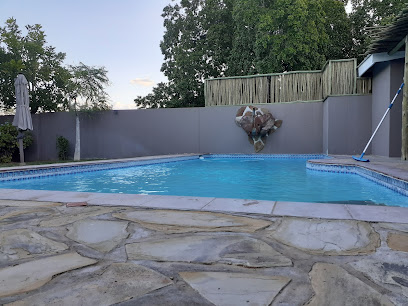
NamWater
Discover the delightful flavors of NamWater Bakery in Karibib, a must-visit for pastry lovers and a taste of local Namibian culture.
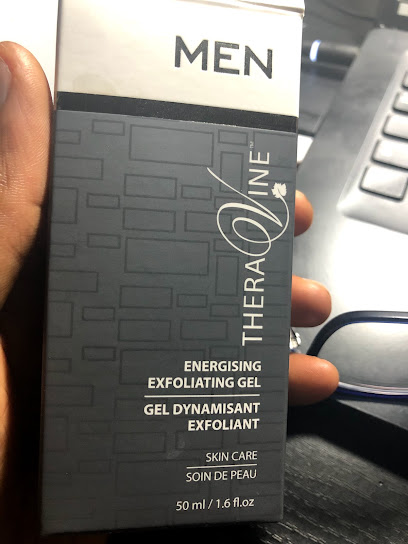
Karibib Supermarket
Explore local flavors and essentials at Karibib Supermarket, your go-to destination in Karibib, Namibia.

TotalEnergies Karibib Service Station
Explore Namibia with ease at TotalEnergies Karibib Service Station, your reliable stop for fuel, convenience, and local flavors.
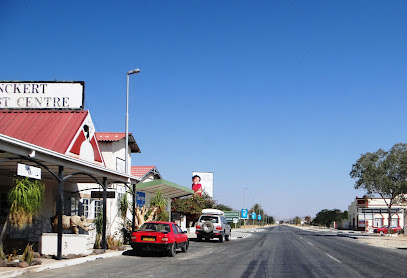
Dunns Omaruru
Discover stylish apparel for men and women at Dunns Omaruru, a premier clothing store in the heart of Namibia's charming town.

Henckert Tourist Centre Karibib
Explore Karibib's vibrant culture and history at the Henckert Tourist Centre, a gateway to unforgettable local experiences.
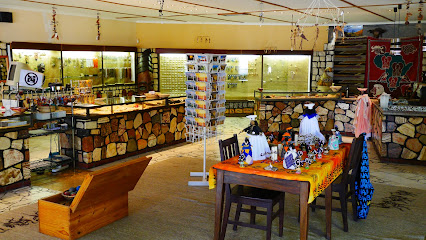
Essential bars & hidden hideouts
OK FOODS KARIBIB
Explore the vibrant flavors of Namibia at OK Foods, the premier supermarket in Karibib, featuring local produce, fresh bakery items, and more.
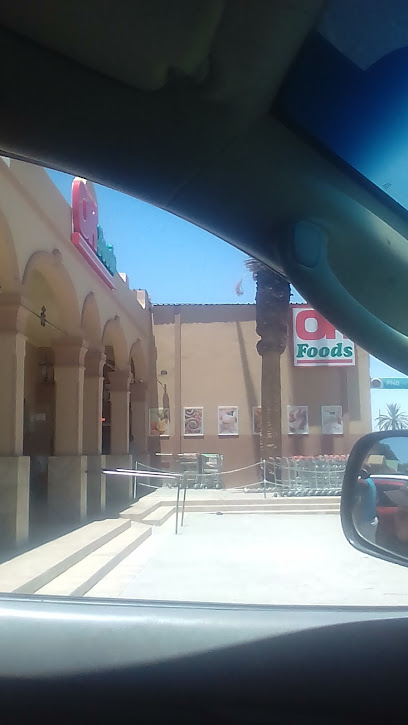
AP Lounge
Discover the lively atmosphere of AP Lounge in Omaruru, where refreshing drinks and local culture meet for an unforgettable night out.

Klippenberg Country Club and Guest House
Experience the serene beauty of Karibib at Klippenberg Country Club and Guest House, where comfort meets nature in a tranquil setting.
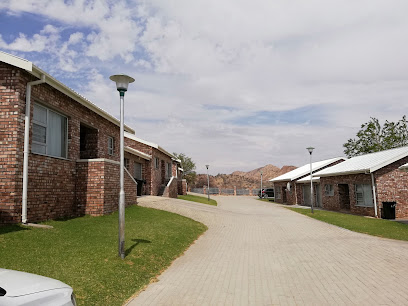
Tommy's Lodge
Discover comfort and hospitality at Tommy's Lodge in Karibib, Namibia, your gateway to the beauty of the Erongo region.

La Cava Pub and Grill Beer garden
Experience the lively atmosphere and delightful local flavors at La Cava Pub and Grill, a must-visit beer garden in Karibib, Namibia.
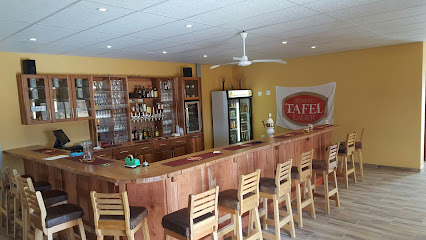
Die skuur
Discover the culinary delights of Die Skuur, a family-friendly restaurant in Karibib, offering a diverse menu and warm hospitality for every traveler.
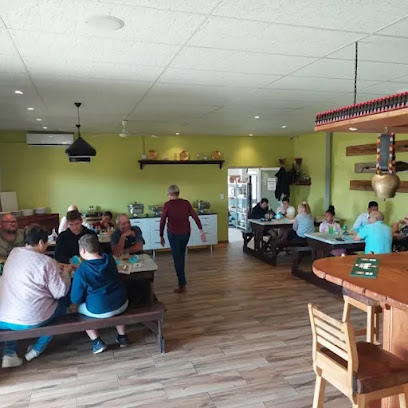
Solution Restaurant
Discover the vibrant taste of fast food at Solution Restaurant in Karibib, where flavor meets convenience in a lively atmosphere.
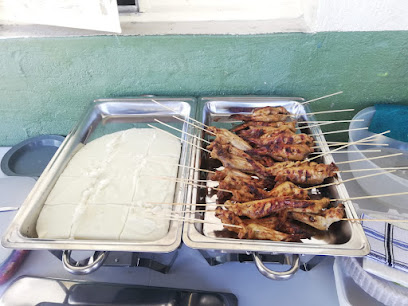
Local Phrases
-
- HelloHallo
[haa-loh] - GoodbyeTotsiens
[toht-see-uhns] - YesJa
[yah] - NoNee
[nee] - Please/You're welcomeAsseblief
[ah-suh-bleef] - Thank youDankie
[dahn-kee] - Excuse me/SorryVerskoon my
[fehr-skoon may] - How are you?Hoe gaan dit met jou?
[hoo gahn deet met yoh] - Fine. And you?Goed. En jy?
[khoot. een yey] - Do you speak English?Praat jy Engels?
[praht yey ehng-els] - I don't understandEk verstaan nie
[ayk fehr-stahn nee]
- HelloHallo
-
- I'd like to see the menu, pleaseEk wil asseblief die spyskaart sien
[ayk vil ah-suh-bleef dee spay-skaa-rt seen] - I don't eat meatEk eet nie vleis nie
[ayk ayt nee vlay-s nee] - Cheers!Gesondheid!
[ghuh-suhnt-hayt] - I would like to pay, pleaseEk wil asseblief betaal
[ayk vil ah-suh-bleef bay-tahl]
- I'd like to see the menu, pleaseEk wil asseblief die spyskaart sien
-
- Help!Help!
[help] - Go away!Gaan weg!
[ghahn vehg] - Call the Police!Bel die Polisie!
[bell dee poh-lee-see] - Call a doctor!Bel 'n dokter!
[bell un dohk-tehr] - I'm lostEk is verlore
[ayk is fehr-loh-ruh] - I'm illEk is siek
[ayk is seek]
- Help!Help!
-
- I'd like to buy...Ek wil ... koop
[ayk vil ... kohp] - I'm just lookingEk kyk net
[ayk kayk neht] - How much is it?Hoeveel kos dit?
[hoo-veel kohs deet] - That's too expensiveDit is te duur
[deet is tay doo-er] - Can you lower the price?Kan jy die prys verlaag?
[kahn yey dee prayss fehr-laahg]
- I'd like to buy...Ek wil ... koop
-
- What time is it?Hoe laat is dit?
[hoo laaht is deet] - It's one o'clockDit is een uur
[deet is ayn oor] - Half past (10)Half tien
[hahlf tee-uhn] - MorningOggend
[oh-guhnd] - AfternoonMiddag
[mid-dahk] - EveningAand
[ahnt] - YesterdayGister
[ghis-tehr] - TodayVandag
[fun-dahk] - TomorrowMôre
[moh-ruh] - 1Een
[ayn] - 2Twee
[twee] - 3Drie
[dree] - 4Vier
[feer] - 5Vyf
[fayf] - 6Ses
[sehs] - 7Sewe
[seh-veh] - 8Agt
[ahgt] - 9Nege
[neh-guh] - 10Tien
[tee-uhn]
- What time is it?Hoe laat is dit?
-
- Where's a/the...?Waar is die...?
[vahr is dee] - What's the address?Wat is die adres?
[vaht is dee uh-drehs] - Can you show me (on the map)?Kan jy vir my wys (op die kaart)?
[kahn yey fuhr may vays (ohp dee kahrt)] - When's the next (bus)?Wanneer is die volgende (bus)?
[vahn-nehr is dee fohl-uh-nduh bus] - A ticket (to ....)'n Kaartjie (na ....)
[uhn kahrt-chee (nah)]
- Where's a/the...?Waar is die...?
History of Karibib
-
Long before European settlers arrived, the area around Karibib was inhabited by the Herero and Damara people. These indigenous groups lived off the land, practicing pastoralism and agriculture. Their rich cultural heritage is still evident in the region today, from traditional music and dance to local crafts and folklore.
-
Karibib's history took a significant turn in the late 19th century when it became part of German South West Africa. The town was officially founded in 1901, and its strategic location along the railway line from Swakopmund to Windhoek made it a crucial hub for trade and transport. The German influence is still visible in the town's architecture, particularly in the old railway station and other colonial-era buildings.
-
In the early 20th century, Karibib gained prominence for its marble quarries. The high-quality marble extracted from the region was highly sought after, contributing to the town's economic growth. The Karibib Marble Works, established in 1904, remains a testament to this period of prosperity. Visitors can still see remnants of the old quarries and learn about the mining techniques used.
-
During World War I, Karibib found itself at the center of military operations. In 1915, South African forces captured the town from the Germans, marking the beginning of South African administration in Namibia. The town's railway station played a crucial role in the logistics of the war effort, and the period left a lasting impact on the town's infrastructure and demographics.
-
Following Namibia's independence in 1990, Karibib embarked on a new chapter of development. Efforts to diversify the local economy have seen growth in agriculture, tourism, and small-scale manufacturing. The town has also become a gateway for visitors exploring the nearby Erongo Mountains and the Namib Desert, highlighting its importance as a regional hub.
-
Today, Karibib is a vibrant town that celebrates its rich cultural heritage through various festivals and events. The annual Karibib Cultural Festival showcases traditional music, dance, and cuisine, attracting visitors from across Namibia and beyond. The town's blend of historical significance and modern amenities makes it a unique destination for travelers.
Karibib Essentials
-
Karibib is located in the Erongo Region of Namibia. The nearest international airport is Hosea Kutako International Airport in Windhoek, approximately 200 kilometers away. From Windhoek, you can take a bus, hire a car, or use a taxi service to reach Karibib. The drive typically takes around 2 to 3 hours, offering scenic views of the Namibian landscape.
-
Karibib is a small town, and many of its attractions are accessible on foot. For longer trips, local taxis are available and reasonably priced. Buses and minibuses also operate within the town and connect to nearby areas. Renting a car can be a convenient option if you plan to explore the surrounding regions.
-
The official currency in Namibia is the Namibian Dollar (NAD), which is pegged 1:1 to the South African Rand (ZAR), both of which are accepted. Credit cards are accepted in most hotels, restaurants, and larger shops, but it is advisable to carry cash for smaller establishments and rural areas. ATMs are available in Karibib, but ensure you have enough cash before venturing into more remote areas.
-
Karibib is generally a safe destination for tourists, but it is always wise to take standard precautions. Avoid walking alone at night in unfamiliar or poorly lit areas. Petty crimes such as pickpocketing can occur, so keep an eye on your belongings in crowded places. There are no specific high-crime areas targeting tourists, but remain vigilant and aware of your surroundings.
-
In case of emergency, dial 10111 for police assistance or 10177 for medical emergencies. Karibib has a local police station and medical facilities. It is highly recommended to have travel insurance that covers medical emergencies. Pharmacies are available for minor health issues where you can purchase over-the-counter medications.
-
Fashion: Do dress modestly, especially when visiting religious sites or rural areas. Avoid overly revealing clothing. Religion: Do respect local customs and traditions. Always ask for permission before taking photographs of people or religious sites. Public Transport: Do be respectful and courteous to fellow passengers. Don't eat or drink on public transport. Greetings: Do greet people with a handshake and a warm smile. A simple 'hello' or 'good day' in English or Afrikaans is appreciated. Eating & Drinking: Do try local dishes and beverages. Accept food offerings graciously, as refusing may be considered impolite.
-
To experience Karibib like a local, visit the local markets where you can buy fresh produce and traditional Namibian goods. Engage with locals; they are often friendly and willing to share stories about the town's history and culture. Don't miss visiting the nearby Navachab Gold Mine, one of the oldest gold mines in Namibia. For a unique experience, take a guided tour of the historic buildings and the old railway station, which offer insights into Karibib's colonial past.
Trending Landmark in Karibib
-
Ai Aiba - The Rock Painting Lodge
-
Erongo Rocks - Farmhouse & Camping
-
Etusis Lodge
-
Klippenberg Country Club and Guest House
-
Tikoloshe Afrika
-
Tommy's Lodge
-
Franke Tower
-
Bull's Party
-
Halfway Overnight Guesthouse
-
Irmi's Lodge
-
Namibia marble and granite company
-
Auld Casa Guesthouse
-
Navachab Gold Mine
-
Karibib Health Centre
-
Henckert Tourist Centre Karibib
Nearby Cities to Karibib
-
Things To Do in Usakos
-
Things To Do in Omaruru
-
Things To Do in Okahandja
-
Things To Do in Windhoek
-
Things To Do in Swakopmund
-
Things To Do in Walvis Bay
-
Things To Do in Otjiwarongo
-
Things To Do in Outjo
-
Things To Do in Etosha Village
-
Things To Do in Tsumeb
-
Things To Do in Mariental
-
Things To Do in Oshakati
-
Things To Do in Ongwediva
-
Things To Do in Lüderitz
-
Things To Do in Keetmanshoop






